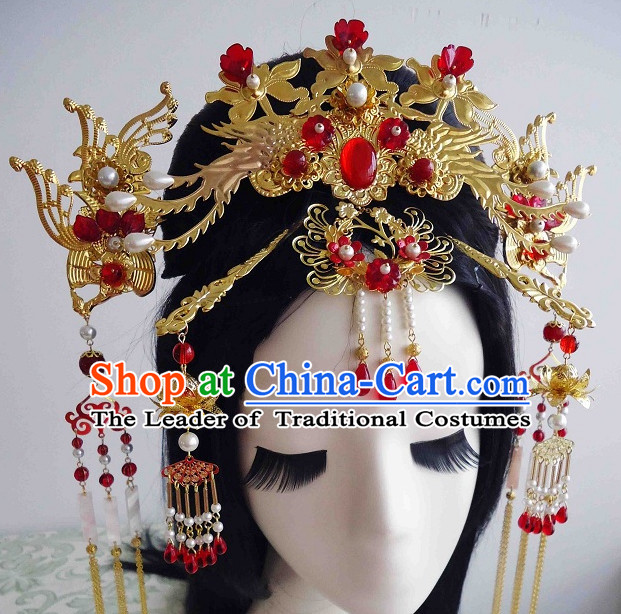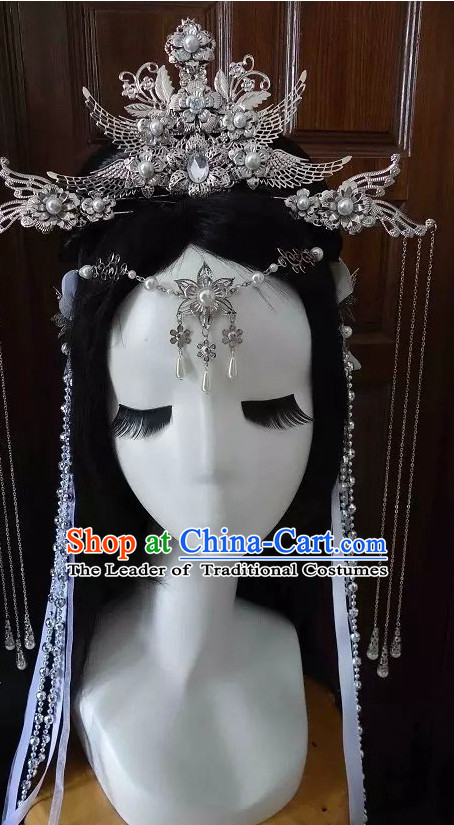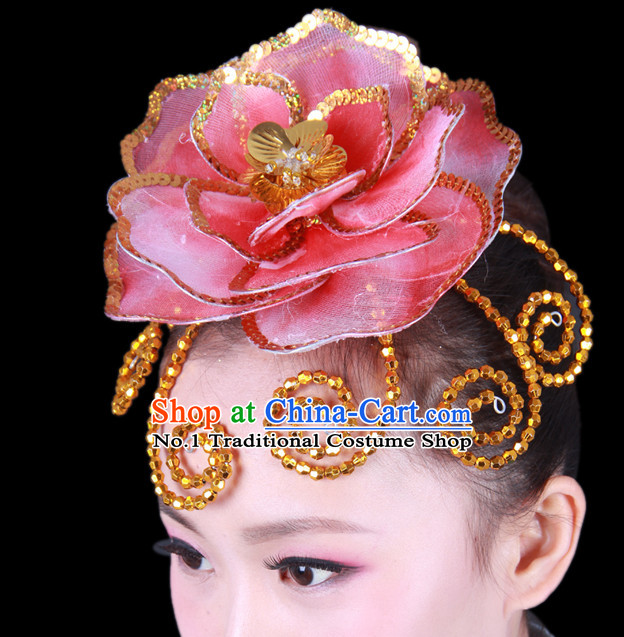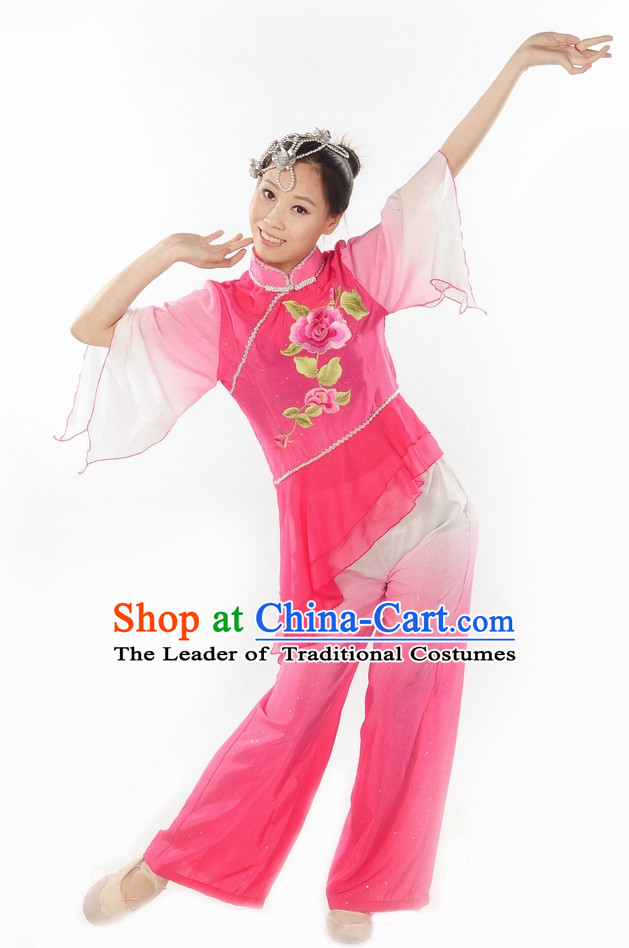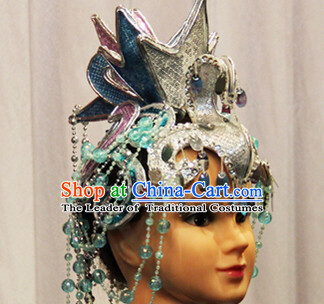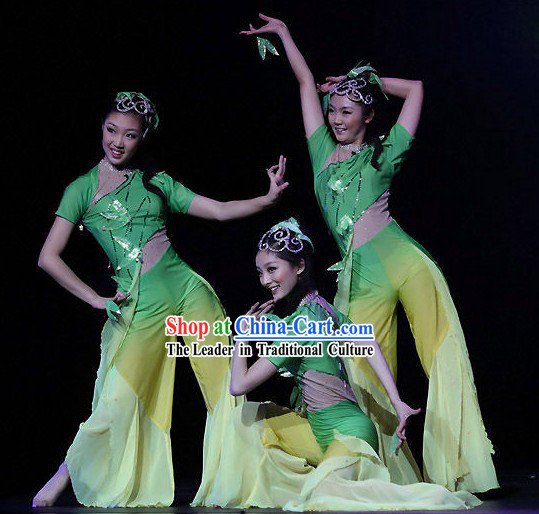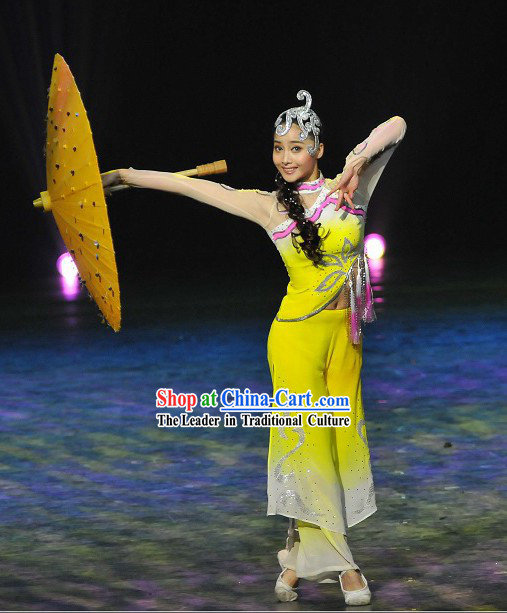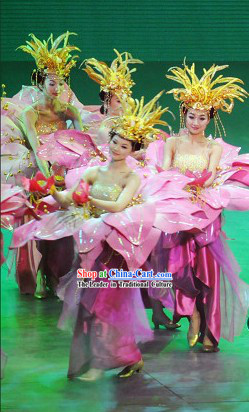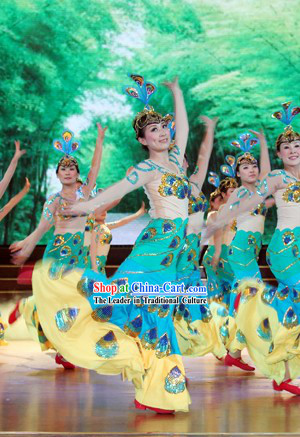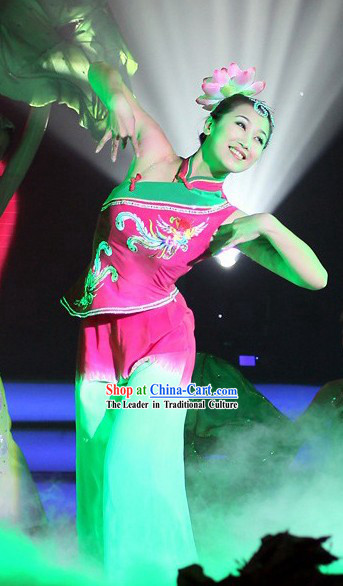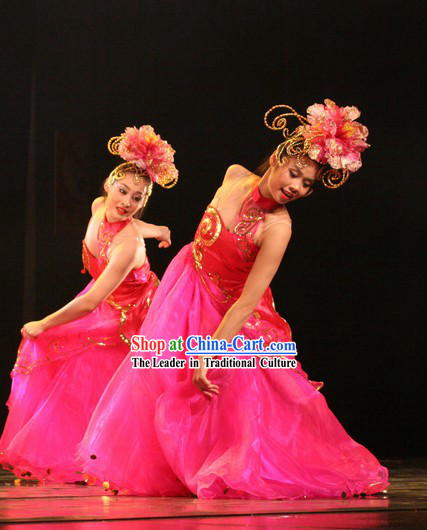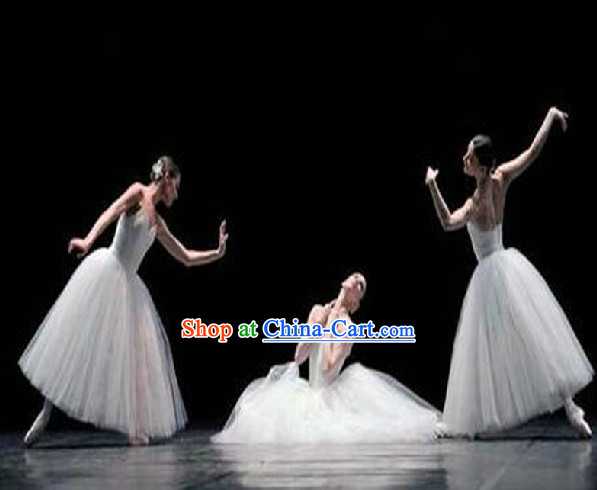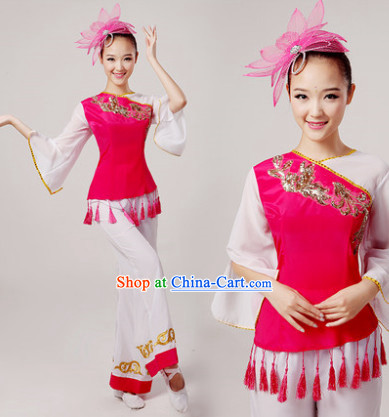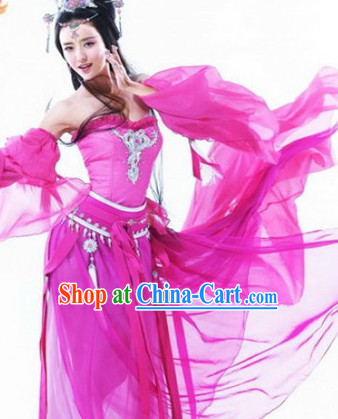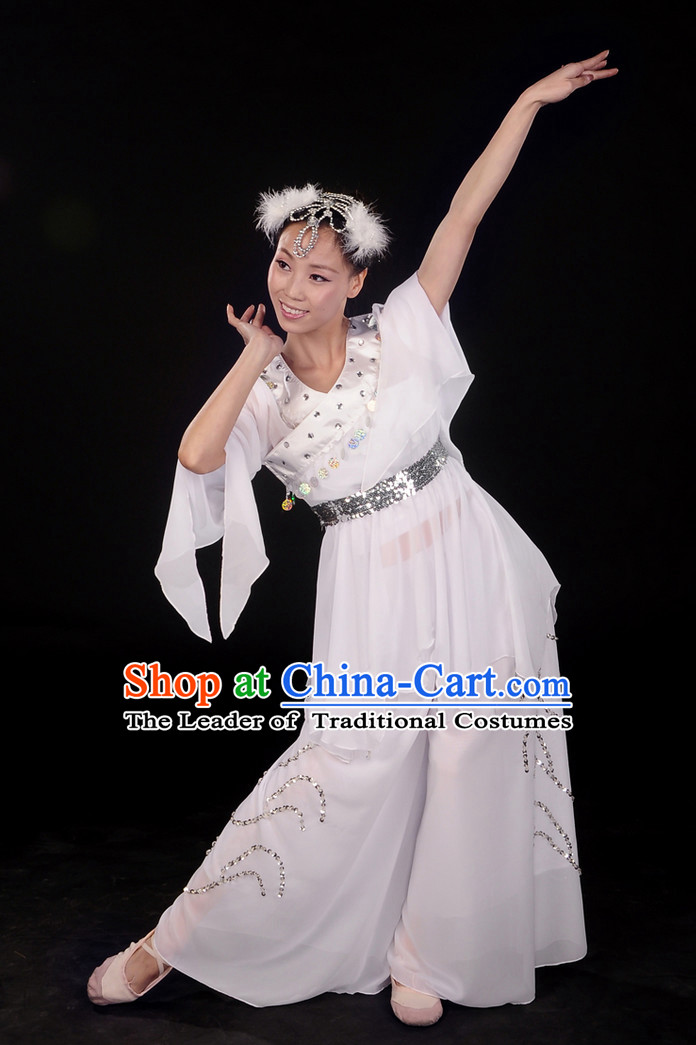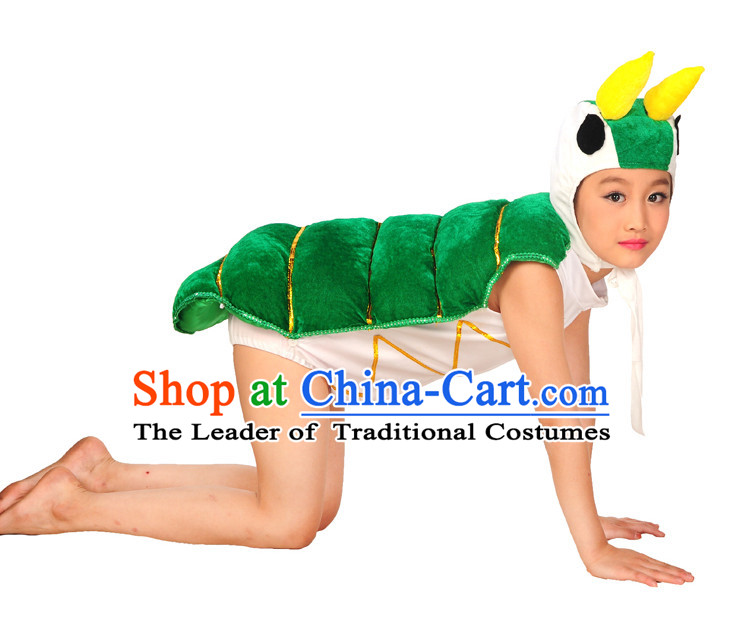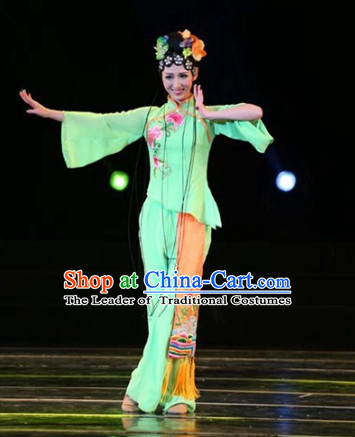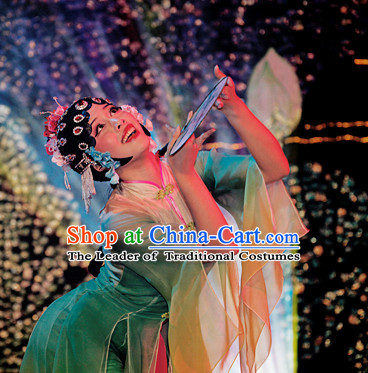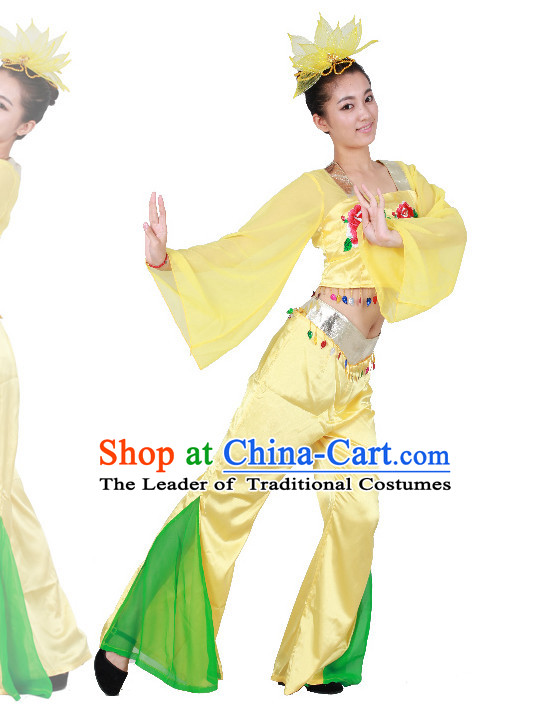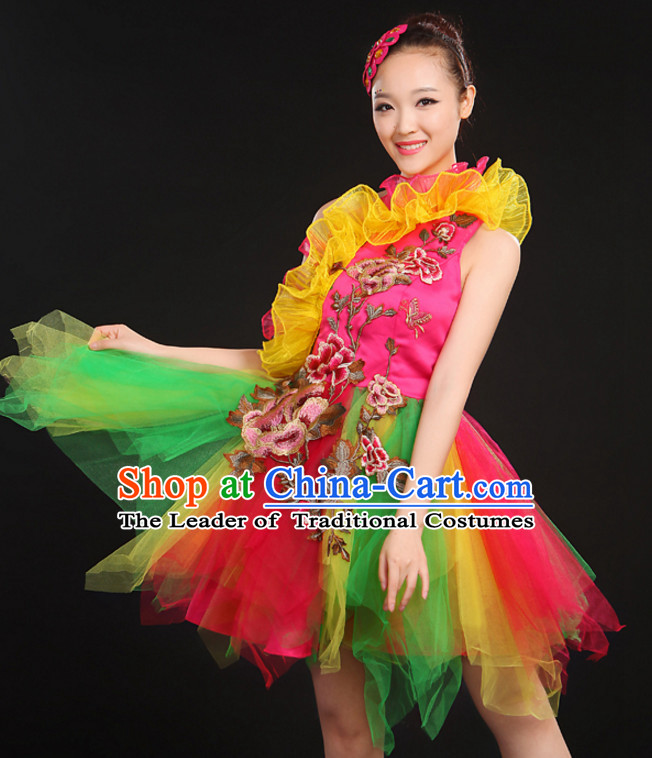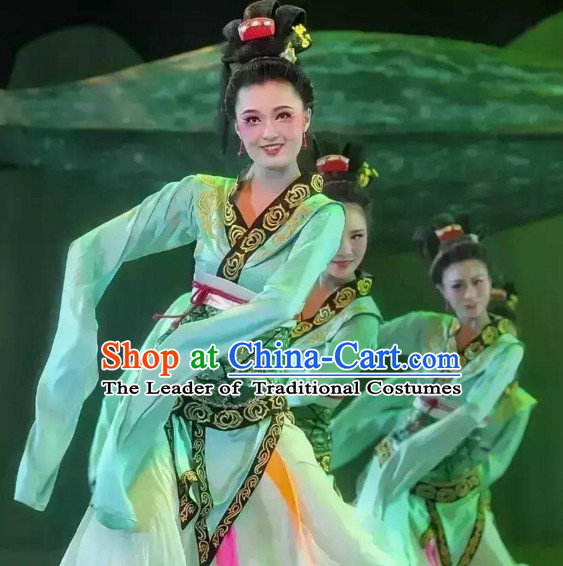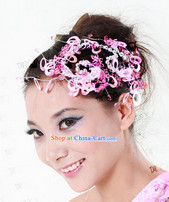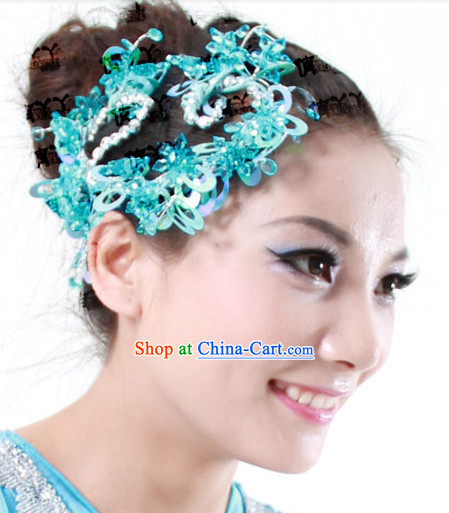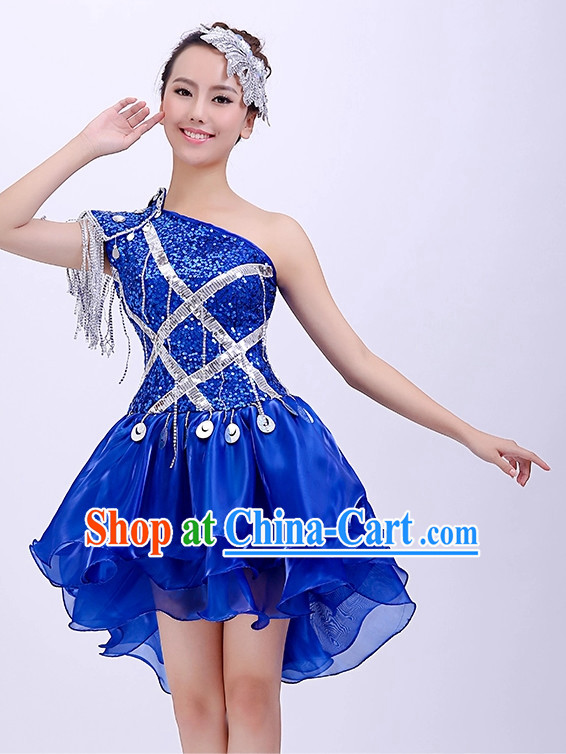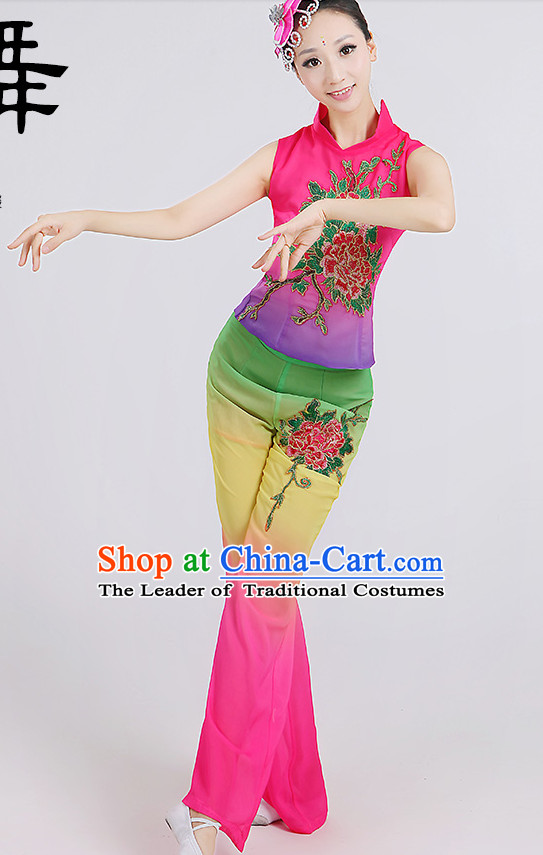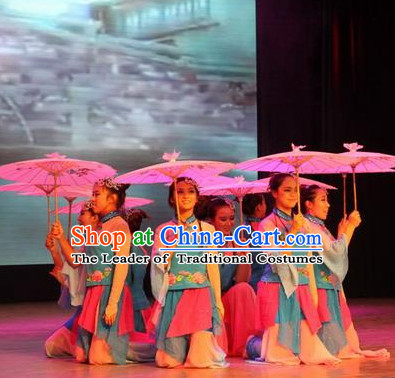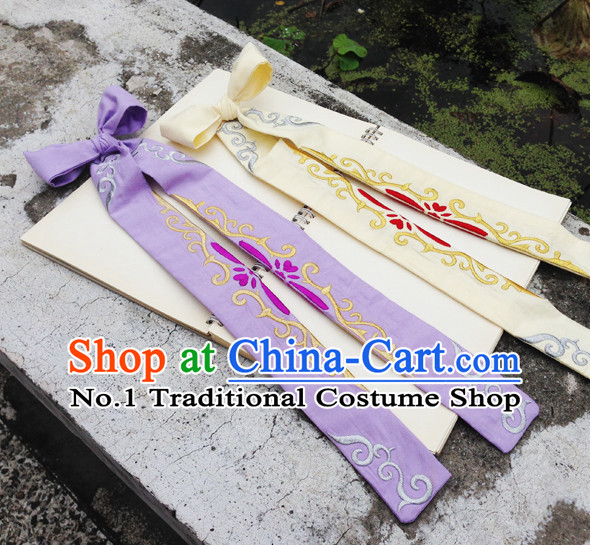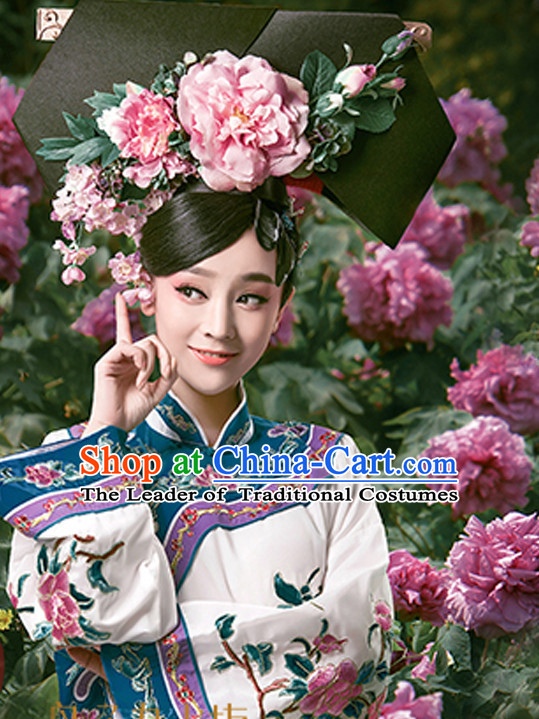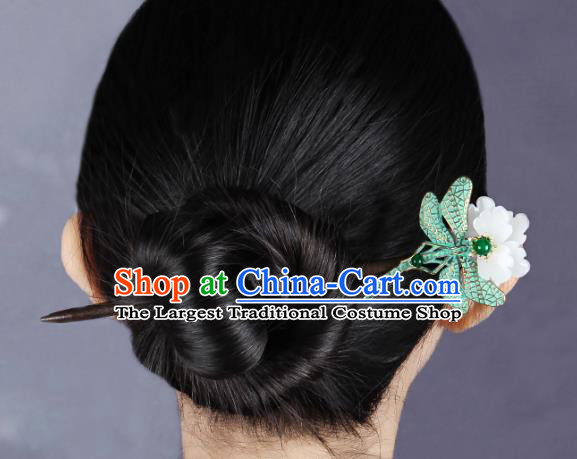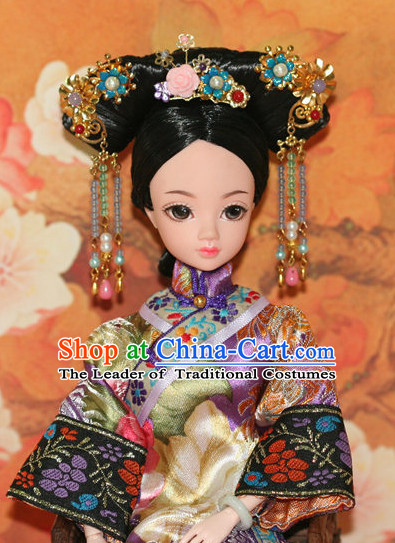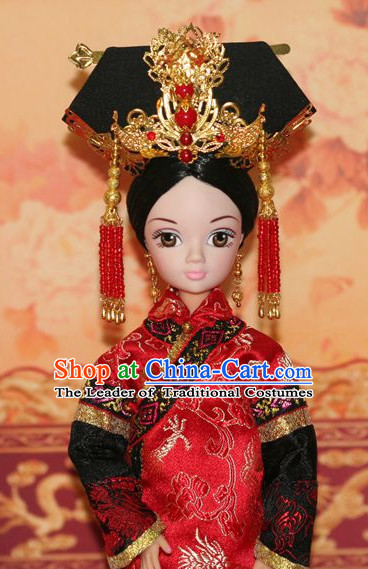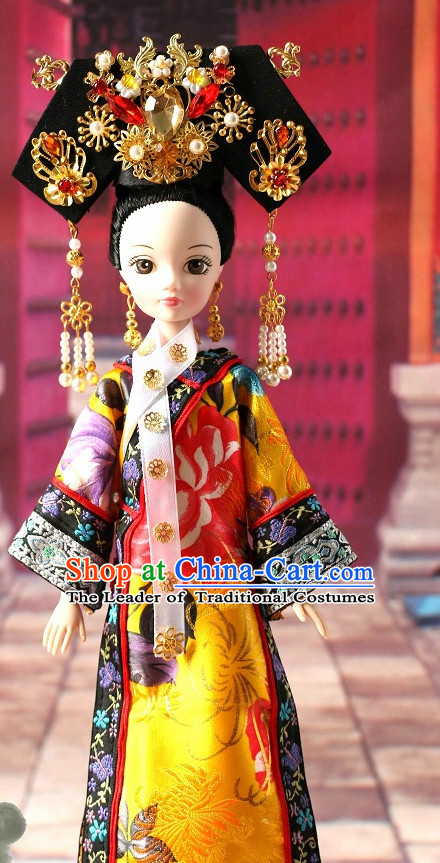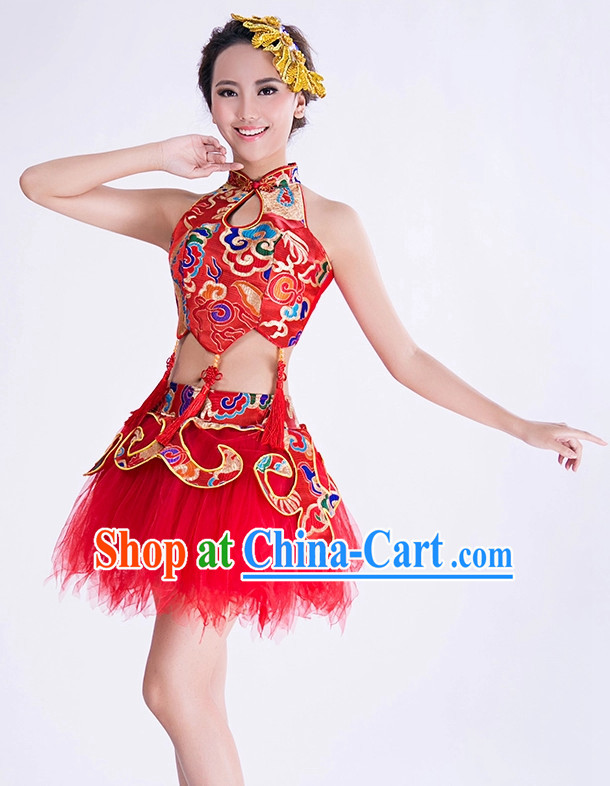
Click Related Pictures for More Audios:
Chinese dance costumes and hair accessories are an important part of Chinese culture, carrying rich spiritual connotations and historical significance.
These costumes and accessories not only showcase ancient Chinese aesthetic concepts and artistic styles but also reflect the social customs and cultural heritage of different historical periods.
In ancient times, Chinese dance costumes and hair accessories were symbols of the nobility, representing elegance and prestige.
For example, in the "Ni Chang Yu Yi Wu" of the Tang Dynasty, dancers wore gorgeous robes and skirts, with flower crowns on their heads, showcasing the prosperity of the Tang Dynasty.
In contrast, the "Shui Diao Ge Tou" of the Song Dynasty featured dancers wearing light chiffon skirts and flowing hair accessories, expressing admiration and yearning for natural beauty.
Over time, Chinese dance costumes and hair accessories gradually became a form of folk art expression.
During the Ming and Qing Dynasties, performing arts such as opera and acrobatics gained popularity, and people began incorporating dance costumes and hair accessories into these performances.
For example, female roles in Beijing Opera often wear gorgeous costumes and flower crowns to highlight their character traits and emotional expressions.
Meanwhile, clowns in acrobatic performances would don exaggerated masks and hair accessories to enhance the entertainment value and appeal of the performance.
Today, Chinese dance costumes and hair accessories have become an important representative of traditional Chinese culture.
Whether on stage or in daily life, people can appreciate these exquisite works of art.
At the same time, these costumes and accessories have also become a popular fashion element, incorporated by designers into various fashion designs to showcase unique charm and personality.
In conclusion, Chinese dance costumes and hair accessories are an essential part of traditional Chinese culture, carrying rich historical significance and cultural connotations.
By appreciating these artworks, we can better understand ancient Chinese cultural traditions and social customs, and experience the profoundness of Chinese culture.

